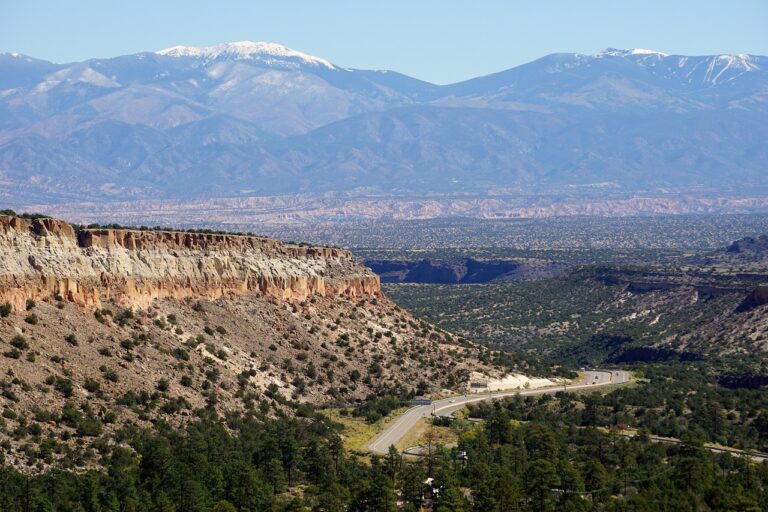Exploring the world’s most captivating sandstone formations: natural sculptures carved by erosion
Sandstone formations are some of the most stunning natural sculptures on our planet, shaped by centuries of erosion and weathering. From towering cliffs to intricate arches, these formations showcase the power and beauty of nature. In this article, we will delve into the world’s most captivating sandstone formations, exploring their unique features and the stories behind their creation.
1. The Wave, Arizona, USA
The Wave is a mesmerizing sandstone formation located in the Arizona desert. Its swirling patterns and vibrant colors make it a popular destination for photographers and hikers. Erosion has sculpted the sandstone into a series of gentle curves and ridges, creating a landscape that appears almost otherworldly.
2. Uluru, Australia
Also known as Ayers Rock, Uluru is one of Australia’s most iconic landmarks. This massive sandstone formation rises out of the desert, standing over 1,100 feet tall. The rich red hues of Uluru change throughout the day, creating a stunning spectacle for visitors. Aboriginal Australians consider Uluru to be a sacred site, adding to its cultural significance.
3. Petra, Jordan
Petra is an ancient city carved into the sandstone cliffs of southern Jordan. Known as the “Rose City” for its pink-hued rock, Petra is a UNESCO World Heritage Site and one of the New Seven Wonders of the World. The intricate facades and tombs of Petra were crafted by the Nabateans over 2,000 years ago, showcasing their advanced architectural skills.
4. Antelope Canyon, Arizona, USA
Antelope Canyon is a slot canyon in Arizona that has been sculpted by water and wind over millions of years. The narrow passageways and swirling rock formations create a stunning play of light and shadow, making it a favorite spot for photographers. The lower canyon is known for its vibrant colors, while the upper canyon offers a more serene experience.
5. Arches National Park, Utah, USA
Arches National Park is home to over 2,000 natural sandstone arches, making it a playground for outdoor enthusiasts and photographers. The delicate arches, towering spires, and balanced rocks are the result of millions of years of erosion. The iconic Delicate Arch is one of the most photographed landmarks in the park.
6. Tsingy de Bemaraha, Madagascar
The Tsingy de Bemaraha is a unique landscape of jagged limestone pinnacles in Madagascar. Erosion has carved the sharp spires and deep gorges of the Tsingy, creating a surreal and otherworldly environment. Visitors can explore the labyrinth of limestone formations on foot, crossing narrow bridges and climbing through narrow crevices.
7. White Pocket, Arizona, USA
White Pocket is a remote sandstone formation in the Vermilion Cliffs National Monument in Arizona. The twisted rock layers and swirling patterns of White Pocket create a mesmerizing landscape that resembles a painter’s palette. Erosion has sculpted the sandstone into intricate shapes, showcasing the power of natural forces.
FAQs
What causes sandstone formations to form?
Sandstone formations are created through a process of deposition, compaction, and cementation. Over millions of years, layers of sand grains are compressed and fused together, forming solid rock formations.
How does erosion shape sandstone formations?
Erosion, caused by water, wind, and other natural forces, gradually wears away at the surface of sandstone formations. This process carves out intricate shapes, such as arches, canyons, and pinnacles, creating unique and captivating landscapes.
What are some famous sandstone formations around the world?
Some of the most famous sandstone formations include The Wave in Arizona, Uluru in Australia, Petra in Jordan, Antelope Canyon in Arizona, Arches National Park in Utah, Tsingy de Bemaraha in Madagascar, and White Pocket in Arizona.
As you can see, sandstone formations are not only visually stunning but also serve as a testament to the power of natural forces. From the swirling patterns of The Wave to the towering cliffs of Uluru, each of these formations tells a unique story of erosion and weathering. Exploring these captivating landscapes is a true feast for the senses, allowing us to appreciate the beauty and complexity of the natural world.







